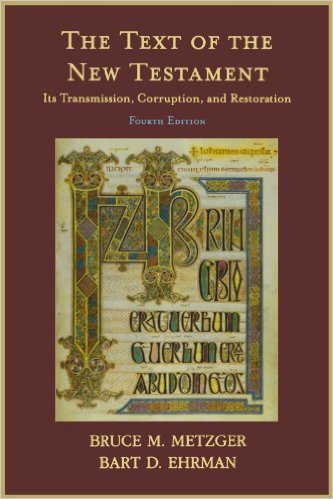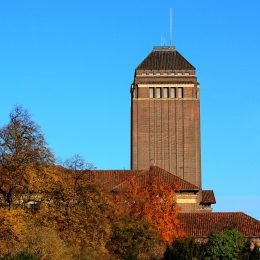Exploring the world of art, history, science and literature. Through Religion

Welcome to TreasureQuest!
Look through the treasures and answer the questions. You’ll collect jewels and for each level reached, earn certificates.
How far will you go?
You need an adult’s permission to join. Or play the game without joining, but you’ll not be able to save your progress.
An early handwritten copy of the four gospels, along with the Acts of the Apostles and one of John’s epistles, in Latin and Greek.






Are there links to current religious practices or a modern equivalent?
The Codex Bezae contains the gospels and some other parts of the New Testament, which are familiar from modern bibles. We know that the manuscript was read and used throughout its life. In certain places the text has been corrected and annotated by later readers. There’s evidence on its pages of ancient repairs and of nineteenth-century attempts to restore faded words using chemicals.

Where is it from, where is it now?

Websites
Cambridge Digital Library
The whole of the Codex Bezae has been digitised and it is available on the Cambridge Digital Library, along with transcriptions of the Greek and Latin texts. Another important biblical manuscript from about the same period is the Codex Sinaiticus.
Center for the Study of New Testament Manuscripts
For images of more New Testament manuscripts, see the website of the Center for the Study of New Testament Manuscripts.
Books

The text of the New Testament: its transmission, corruption, and restoration
Bruce M. Metzger
3rd edition, 1992, OUP
Rather advanced but very readable.
Podcasts
Famous manuscripts and the stories behind them
Part of a great series of podcasts on iTunesU
The basics of New Testament textual criticism
Part of a great series of podcasts on iTunesU











 Faculty of Divinity
Faculty of Divinity